Lawn clover
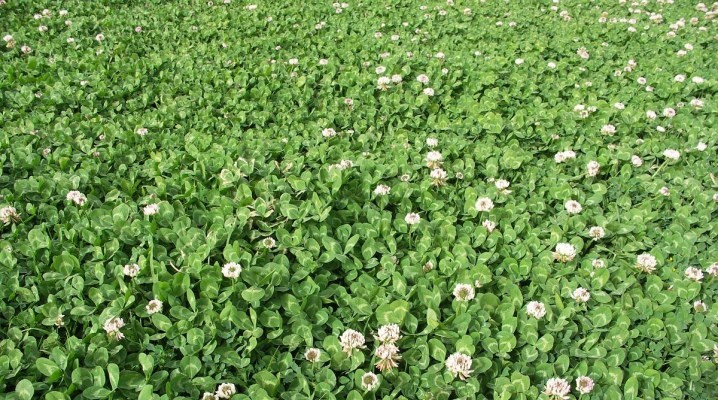
Clover is traditionally planted as an ornamental lawn. Dutch clover is the best type for this use because it is short and blends well with lawn grasses.
Like many members of the legume family, clover reduces the need for fertilizing the soil.
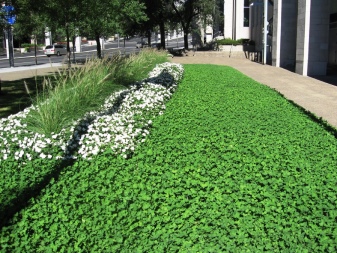
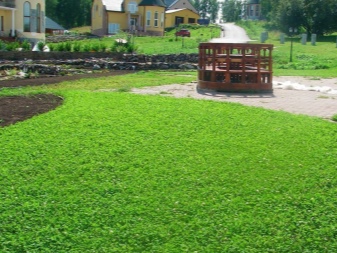
Description
The plant belongs to the legume family. Many clover varieties are perennial, this is their indisputable advantage, since there is no need to buy seeds every year.
The lawn look, like the usual one, has leaves with three plates and small inflorescences. Annual crops are rare but still used for the same purpose. After flowering, fruits appear on the peduncles. The seeds are there.
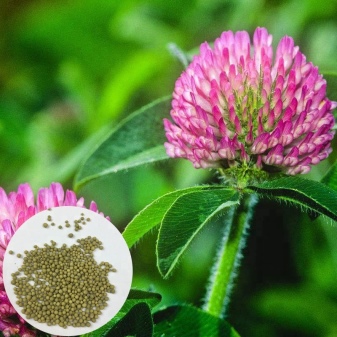
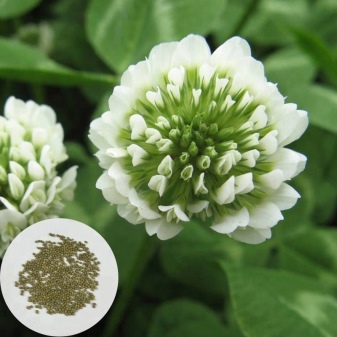
Lawn clover is sold in white and pink. The former has great decorative appeal. As an interesting experiment, you can combine both varieties with each other.
White clover quickly spreads over the lawn and easily displaces broadleaf weeds, resulting in a smooth and beautiful lawn. Such a plant will thrive in areas that are poorly drained or too shady for a normal lawn. Like white clover, red is not uncommon. He was first naturalized in North America.
He usually creates a taller carpet.
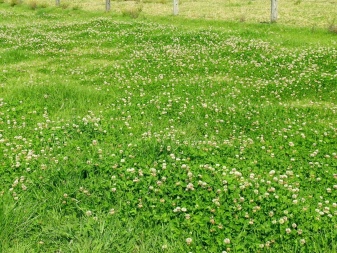
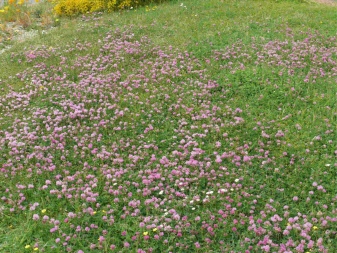
Advantages and disadvantages
Some gardeners find using clover instead of lawn grass an ideal and simple solution. In this particular case, there are more advantages, although there are disadvantages. Clover is extremely drought tolerant and retains its attractive cool green color even during the hottest and driest periods of summer.
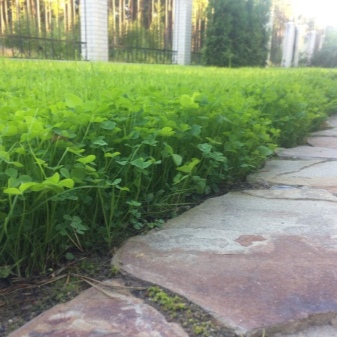

The advantages are the following:
- it is drought-resistant - because of the deep roots, the plant needs much less water than grass;
- the maintenance of such a lawn is inexpensive;
- no need to fertilize;
- blooms;
- can grow in poor soil, creating a rich carpet;
- does not turn yellow from animal urine;
- not susceptible to disease and mold;
- no need to use herbicides;
- you need to mow much less often than plain grass.

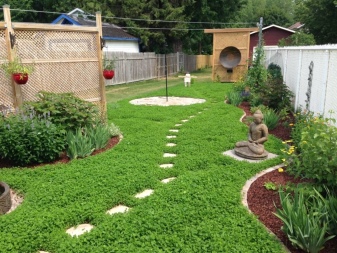
Poor soil is not a problem for clover, largely because it produces nitrogen itself.
Mold, mildew, rot - all this is harmful to grass lawns. As a result, such a lawn becomes unsightly and in need of treatment. Clover is not susceptible to these troubles. Moreover, since clover is out of competition with broadleaf weeds, there is no need to treat the soil with toxic things.
Clover also resists insect pests well, so there is no need to use pesticides. Depending on which variety has been planted, it can rarely be mowed. Many gardeners only do this twice a season.
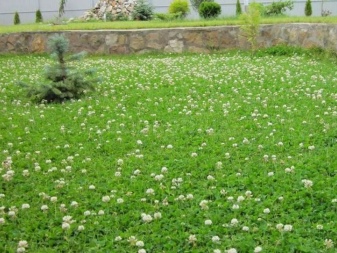
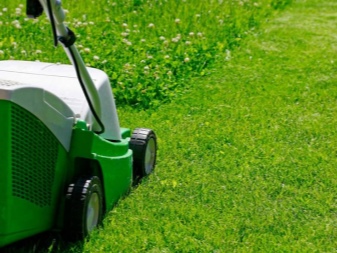
But this plant also has its drawbacks. For example, it stains clothes very much, and it is quite difficult to wash such stains.
Precisely because the lawn is blooming, it attracts bees, so walking barefoot on it is not always safe. Although a bee sting is not very dangerous for a person without allergies, it remains unpleasant and painful for a child. It is also worth remembering that with constant walking on the clover, it cuts through, paths are formed, so it is better to immediately organize small paths.
Tip: When creating a clover lawn, weeds can be a problem.Their number will need to be controlled until the plant reaches several centimeters in height, only then will it displace them on its own.
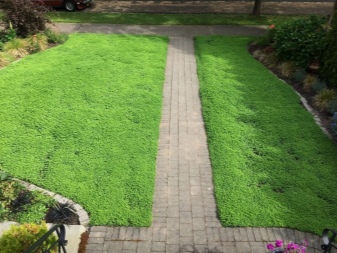
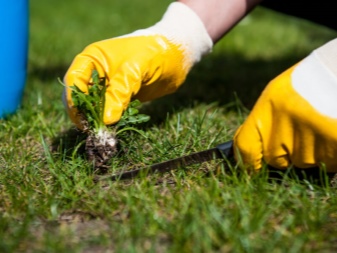
Views
There are several main types of clover that are used to create an attractive decorative area.
Roll
A spectacular view of lawn grass that can be removed from the surface along with the soil and subsequently formed into rolls for subsequent planting.
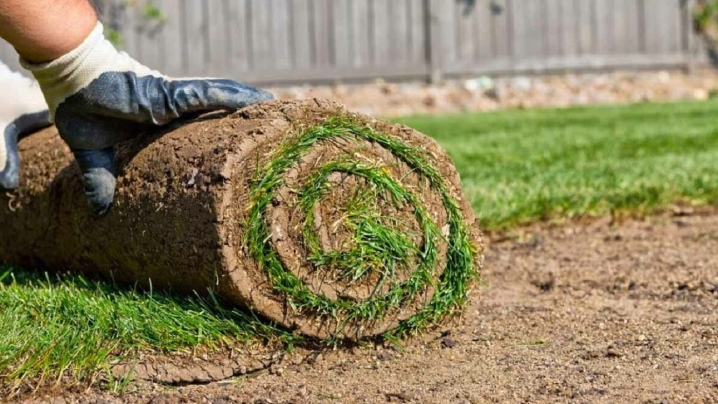
Mixed
These are several varieties with inflorescences of different colors. This option is suitable for those who do not want to have a monochromatic recreation area.
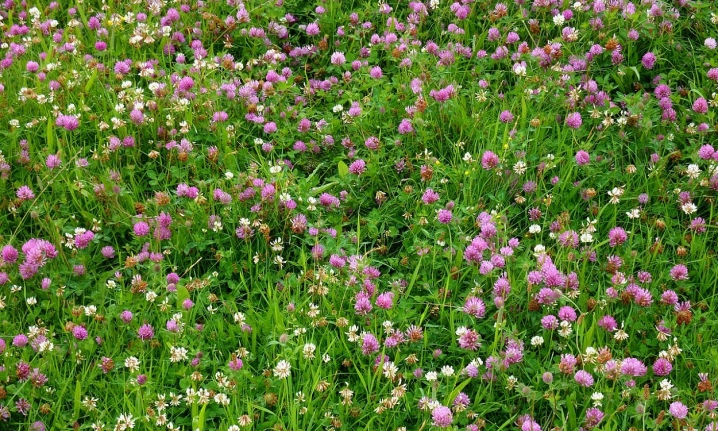
Microclover
This dwarf clover is ideal for a decorative glade. It differs from other varieties by small foliage, juicy green color, regardless of the season.
Even in winter, under the snow, the variety retains its color. If you plant a lawn with such a clover, then you can forget about bald spots. This is the perfect solution for a playground where children will frolic. The small variety covers the soil tightly and quickly displaces weeds.
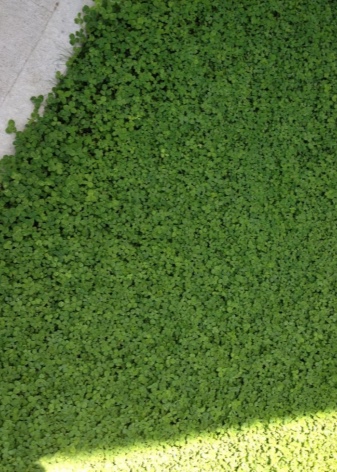
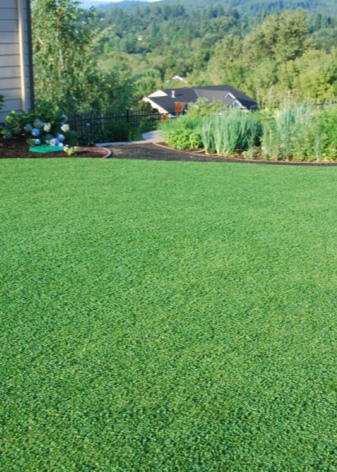
Undersized
Usually this type means variety "Rivendel" with emerald foliage... The plant densely covers the ground, it does not require maintenance. It is enough just to go with a rake and remove the yellow old stems, there is no need to cut. Often used in landscaping.
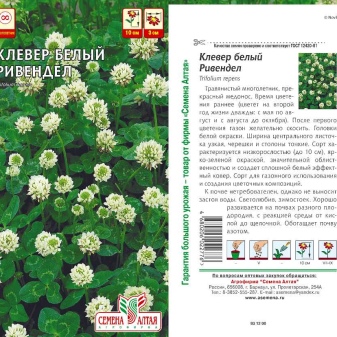
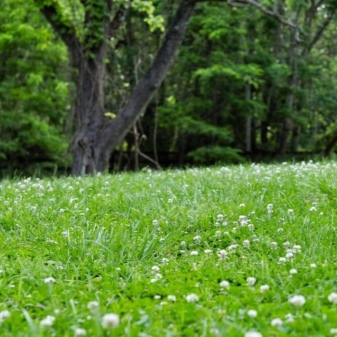
Lugovoi
It is a wild-growing crop with pink or red flowers. Can often be found in a field or meadow. Of the advantages - unpretentiousness. Most often, such a plant is sown in the country.
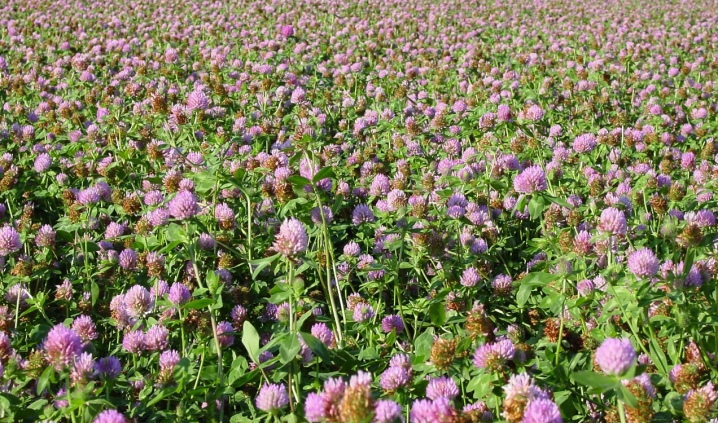
Decorative
Decorative means red, white, pink, yellow varieties. It is often a mixture of the above species. Such a creeping lawn looks attractive and is ideal for decorating flower beds.
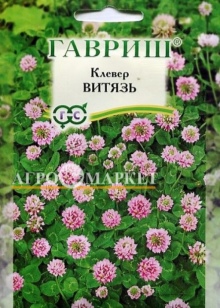


Universal
This includes other varieties of clover, for example, Atropurpurea or Purpurascens... They have a unique color with a purple core on the leaves.
The advantages include not only attractiveness, but also a high growth rate. Both varieties are fast growing but not blooming.
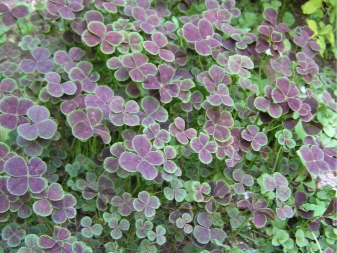
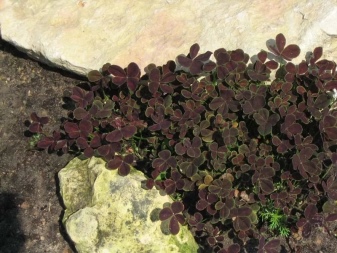
Other
Of the no less popular species, white and pink varieties can be noted separately. The stem length of the white clover reaches 40 centimeters. The foliage is round, triple. The inflorescences look like small balls. During full bloom, the height of such a grass can reach 10 cm.
Differs in a pink tint of flowers. The variety grows well even in highly acidic soil. Flowering begins in June and lasts until October.
There is also red clover. The height of this variety is 50 cm. The rich crimson shade looks very beautiful. The foliage is large, bright.
The lawn blooms from mid-summer until the first frost.
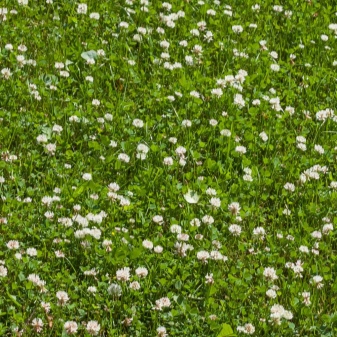
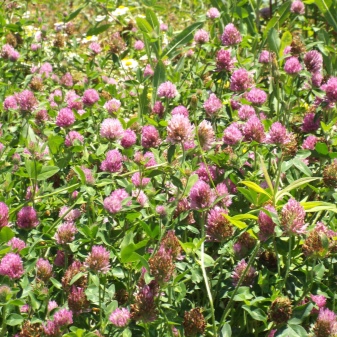
Planting tips
Assuming that the grower begins to create a lawn from bare soil, he must first decide which seeds to sow. Depending on the intensity with which the selected clover grows, the consumption per 1 m2 will differ.
Planting is done by hand, preferably in early spring. If everything is done correctly and sparing no effort, then by the beginning of summer a flat green area will appear on the site for recreation and games.
In this case, the seeding rate for chernozem and other types of soils will be different. For fertile soil and limed soil - this is 16 kg per 1 hectare. If a herbal mixture of clover and timothy is used, then the indicated amount is reduced to 13 kg.
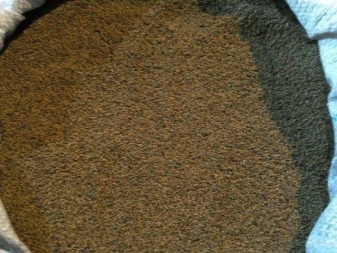

And if it is a red variety, alfalfa and timothy, then the number of kilograms per hectare is 9, 6 and 4 according to the described order.
Before planting, the soil should be dug up and leveled with a rake so that the lawn turns out to be attractive and without sudden changes. It is better to remove stones, large lumps of soil.
Mix clover seeds with soil using a wheelbarrow as a container. It can be either ordinary garden soil or any other. It is this mixture that is evenly distributed over the ground. Clover grows best in fertile, moist soil with a pH of around 6.5.
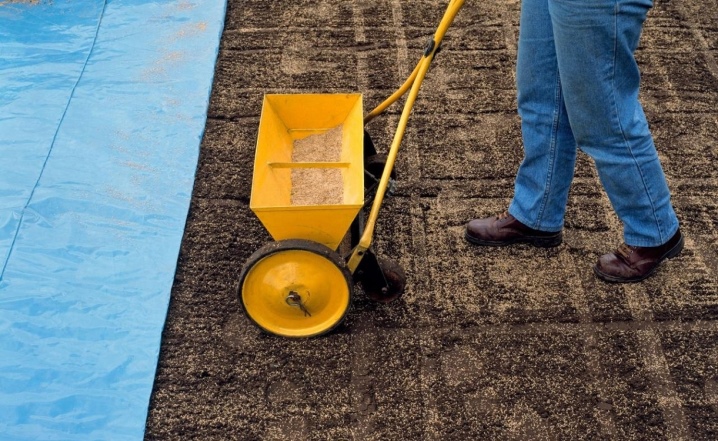
Once this sowing stage is completed, the entire surface will need to be covered with another layer of soil, since the planting depth is 1 to 1.5 cm. Straw is also often used to cover the seeds. A thin layer will help keep it from washing off and maintain the required moisture level. This environment is ideal for germination.
Care must be taken not to tamp the soil too tightly or the seeds will not germinate well.
Watering the soil is required lightly, being careful not to wash off the seeds. It is best not to walk on a newly planted lawn for at least a week, and remember to keep the soil moist at all times. If you follow these simple rules, then within two weeks you can see the first shoots of clover throughout the planting.
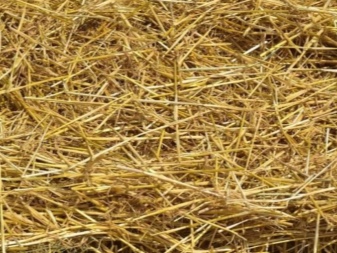
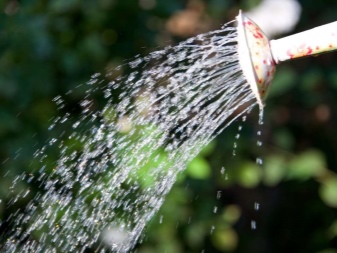
You will need to water every day, but in small quantities. As soon as the seeds germinate, the intensity of watering is reduced. In the future, the lawn is moistened no more than once a week. The water must penetrate deep into the soil so that the lower roots can reach it.
If you allow clover to bloom and give seeds, the clover lawn will delight from year to year and you will not have to plant anything. However, after 2-3 years, such a site may need additional seeding or even reseeding. It all depends on the area of planting and the type of plant.
Only clover can be planted as a ground cover, but it behaves better with constant use in combination with lawn grass.
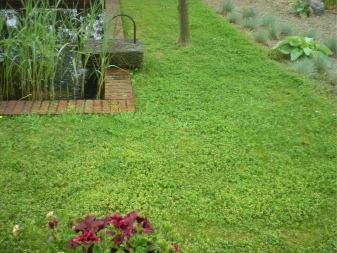
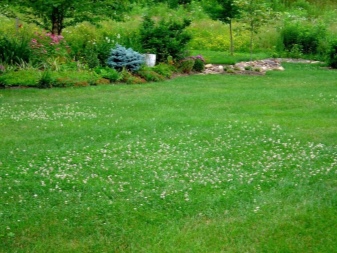
Only 5-10% by weight of tiny seeds should be mixed with the recommended amount of grass seeds to create a thick surface. When adding a plant to an existing lawn, you will first need to mow and remove the straw. This is the only way to be sure that the seeds will fall to the ground and be able to germinate.
When sowing on your own, it is advised to mix the material with a sufficient amount of sand - it’s easier to spread it evenly over the surface.
Professionals and experienced summer residents give their advice on planting:
- seeds should not be planted deeply, it is enough to sprinkle on the surface and lightly rake in soil;
- this plant prefers the sun, and although it will grow in light shade, but not as fast as we would like;
- if planting in a shaded area, double the number of seeds.
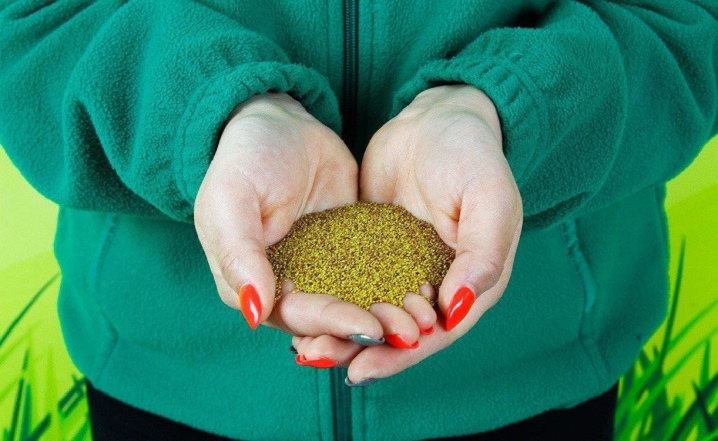
Lawn care rules
The advantage of this type of lawn is that it does not require frequent maintenance. You only need to mow a couple of times per season. After planting, watering must be carried out every day until shoots appear.
Clover pads and lawns can be mowed with a blade set at 1.5-2 inches. In the middle of summer, they stop mowing, thus awakening the plant, and it begins to bloom and form seeds.
The varieties used for the lawn are generally low-growing and require little mowing, so you should not remove the hat too much. Never apply herbicides to the clover lawn. This could destroy him.
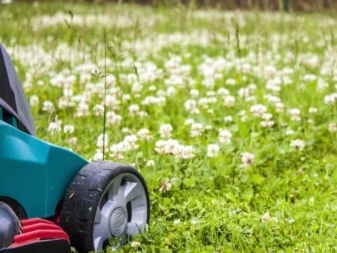
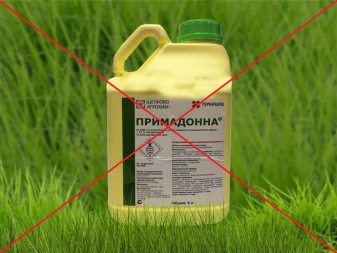
To maintain a stable cover, this perennial may require re-seeding after about 3 years. But with proper care, it will successfully transplant naturally, through its own seeds.
Review overview
Professionals have their own opinion as to whether it is worth planting the area in front of the house with this particular plant.
Numerous users say that, of course, it is best to sow clover in early spring from mid-March to mid-April. But it can also be sown in the fall. The tiny seeds are quite difficult to sow evenly.
One way to do this beautifully is to mix the material with soil, sawdust or sand.
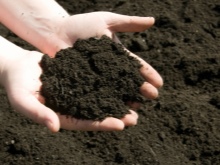
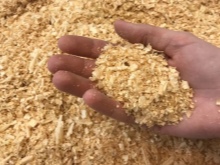
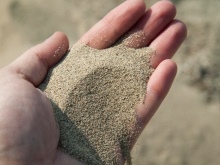
Some gardeners advise adding a bacterial inoculant that will enhance growth. It is also noted that clover is naturally invasive, taking root wherever its caudate roots touch the ground.It can be a boon in a sparse lawn, but it can also easily spread over a lawn into a nearby garden.
Ideally, netizens are advised to surround such a lawn with a path or some other inert surface. Otherwise, it is wise to set up a fence around it, which will be not only underground, but also 10 cm above the soil. This will stop creeping shoots that would otherwise spread across the border.
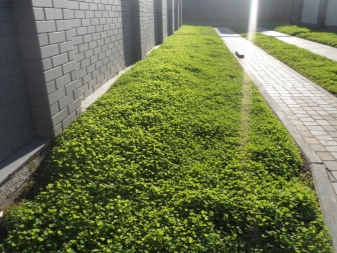
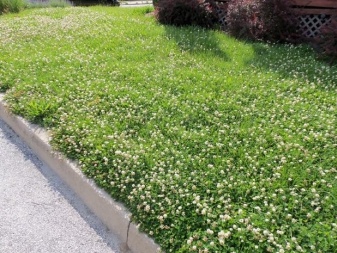
Most experienced gardeners report that white clover prefers moist soil rather than flooded or wetland areas. If the site is just like this, then good drainage will be required.
On the net, you can find information from users that although some vendors claim that white clover is adapted to dry soil, this is slightly different. Yes, indeed, it will easily tolerate short-term droughts and look great, but it will not thrive in soil that is permanently dry.

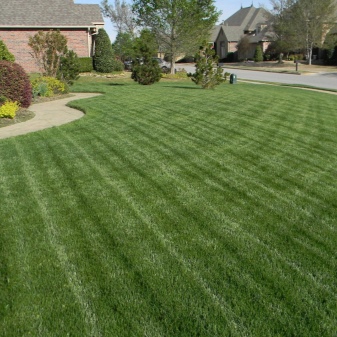
For an overview of the white clover lawn, see the following video.



































































The comment was sent successfully.